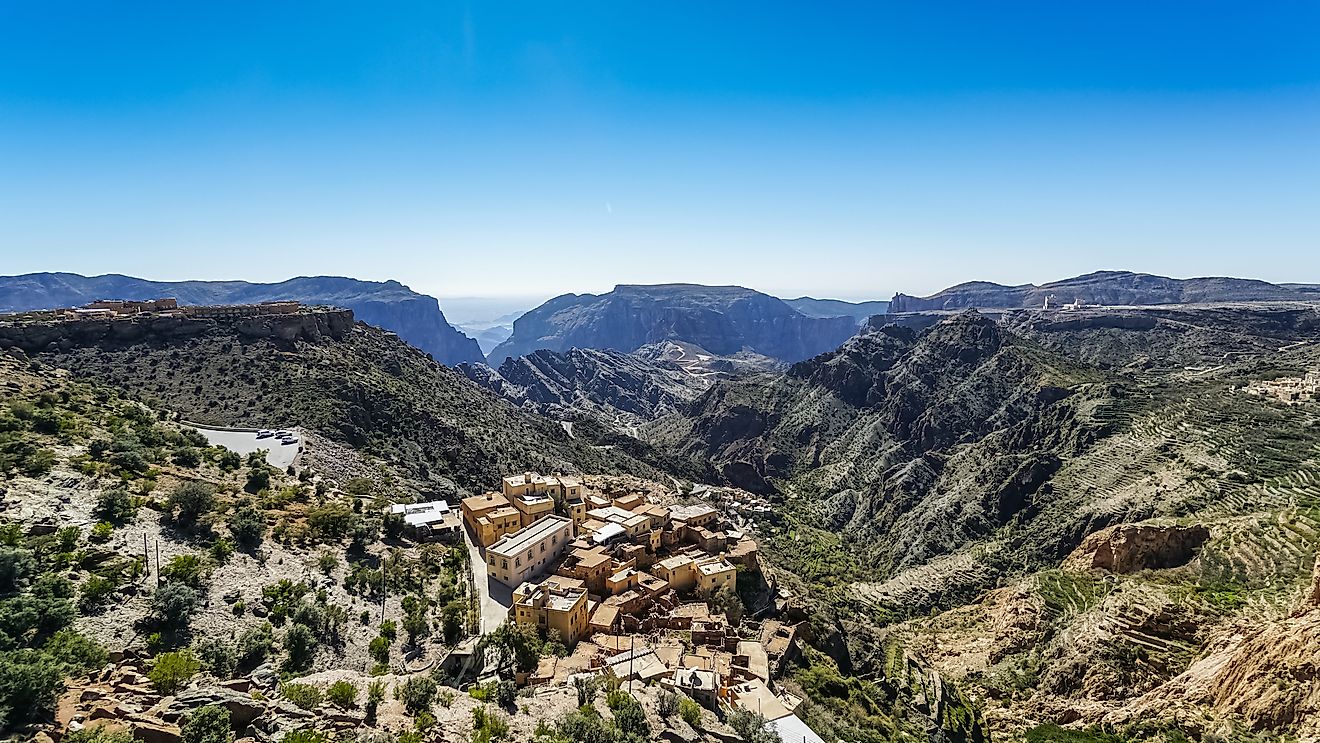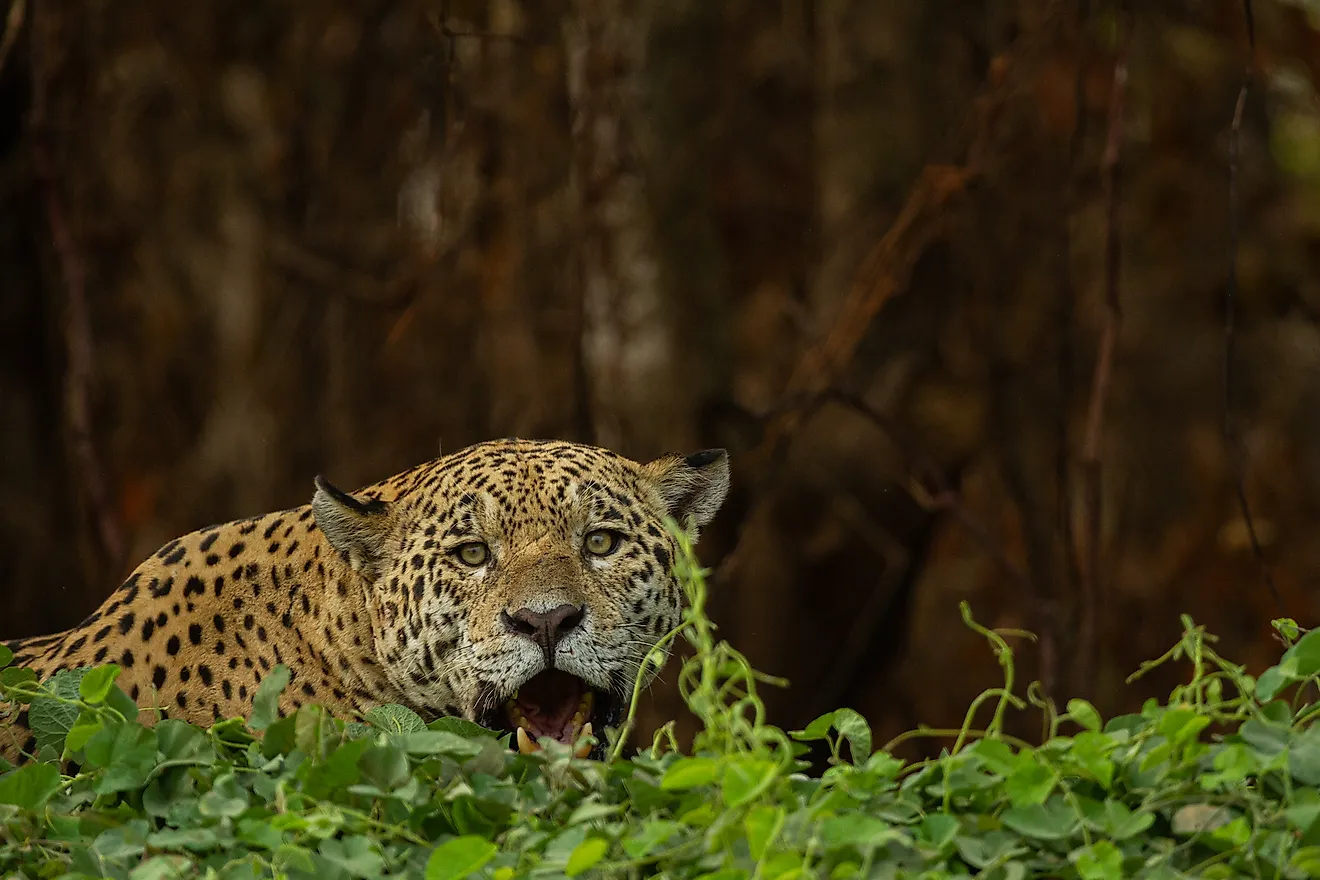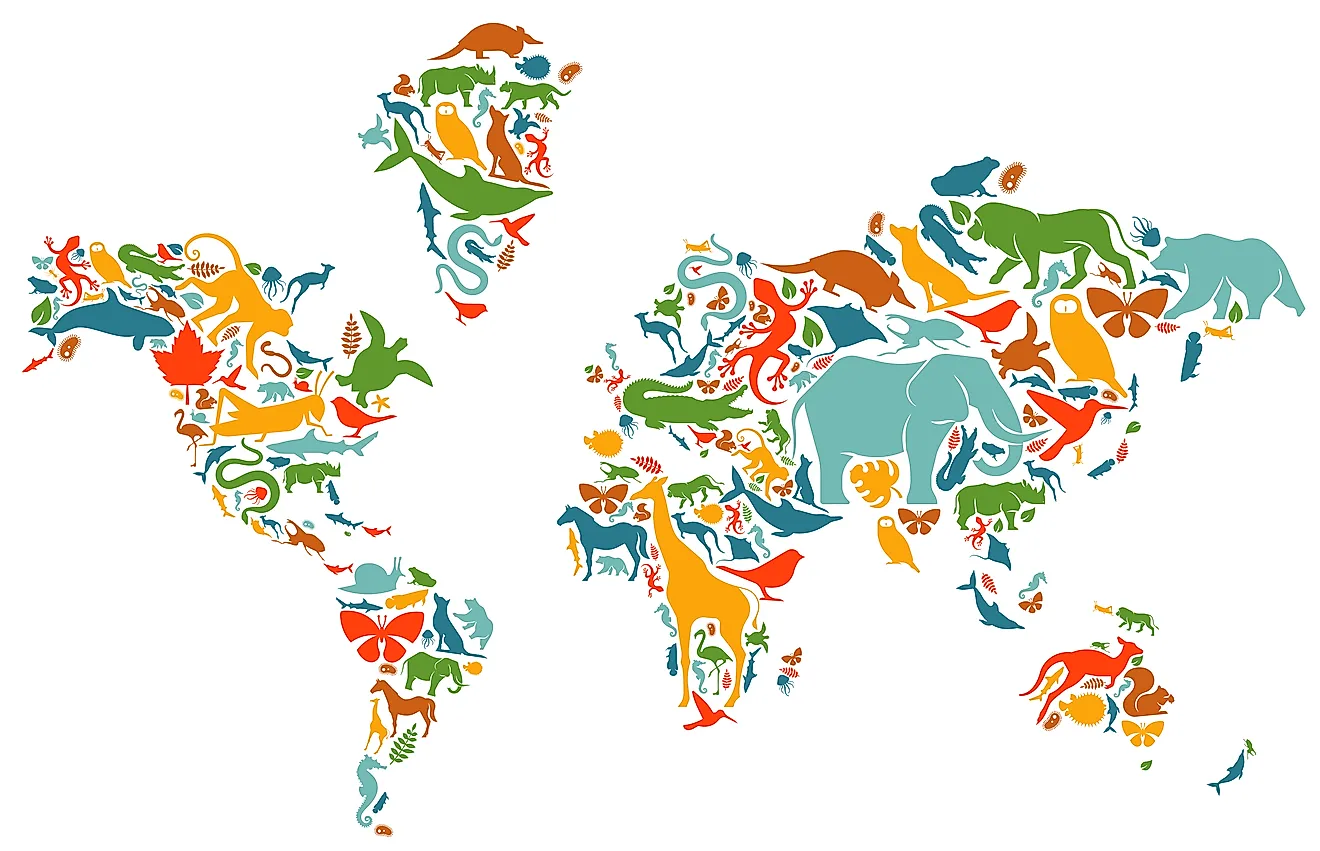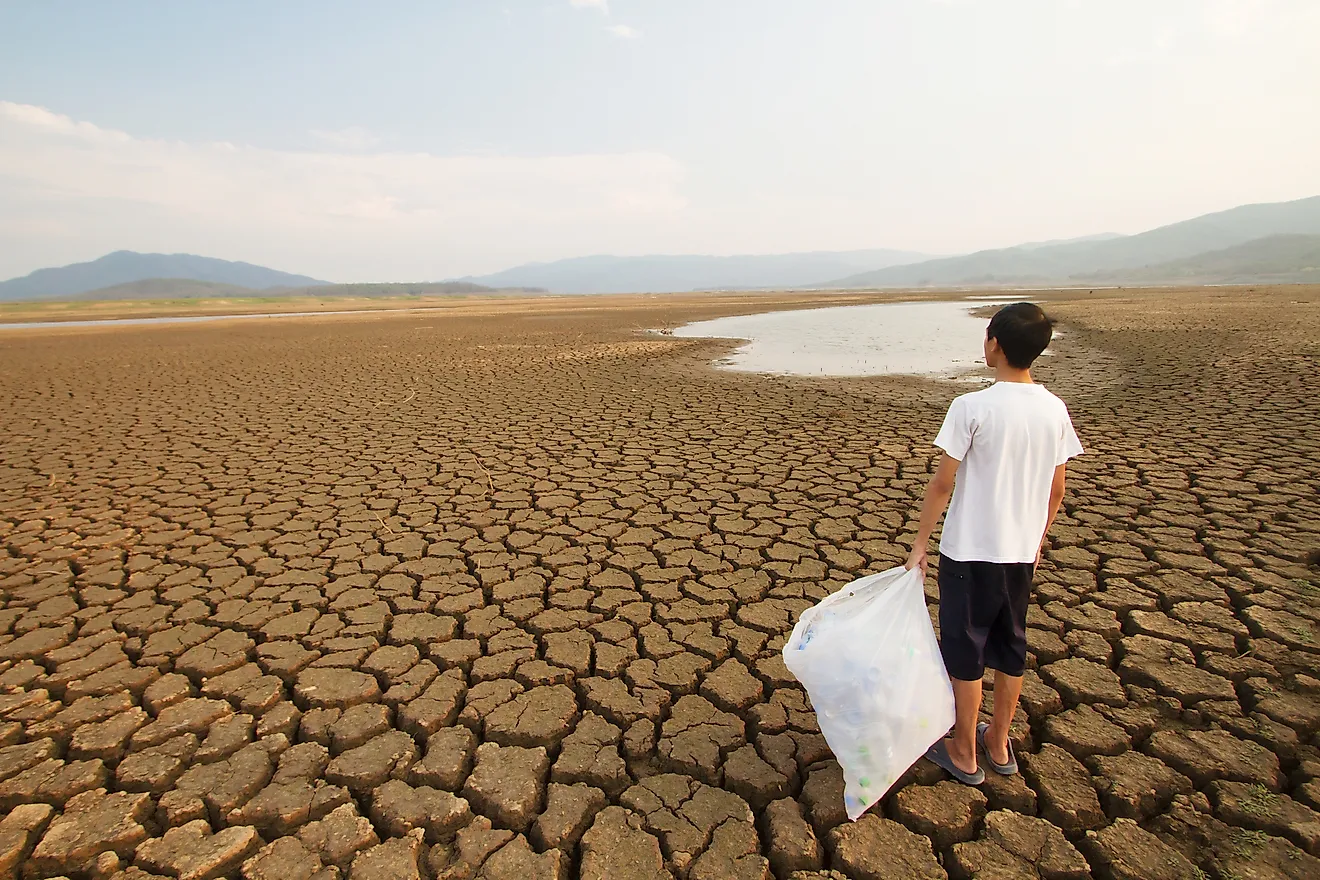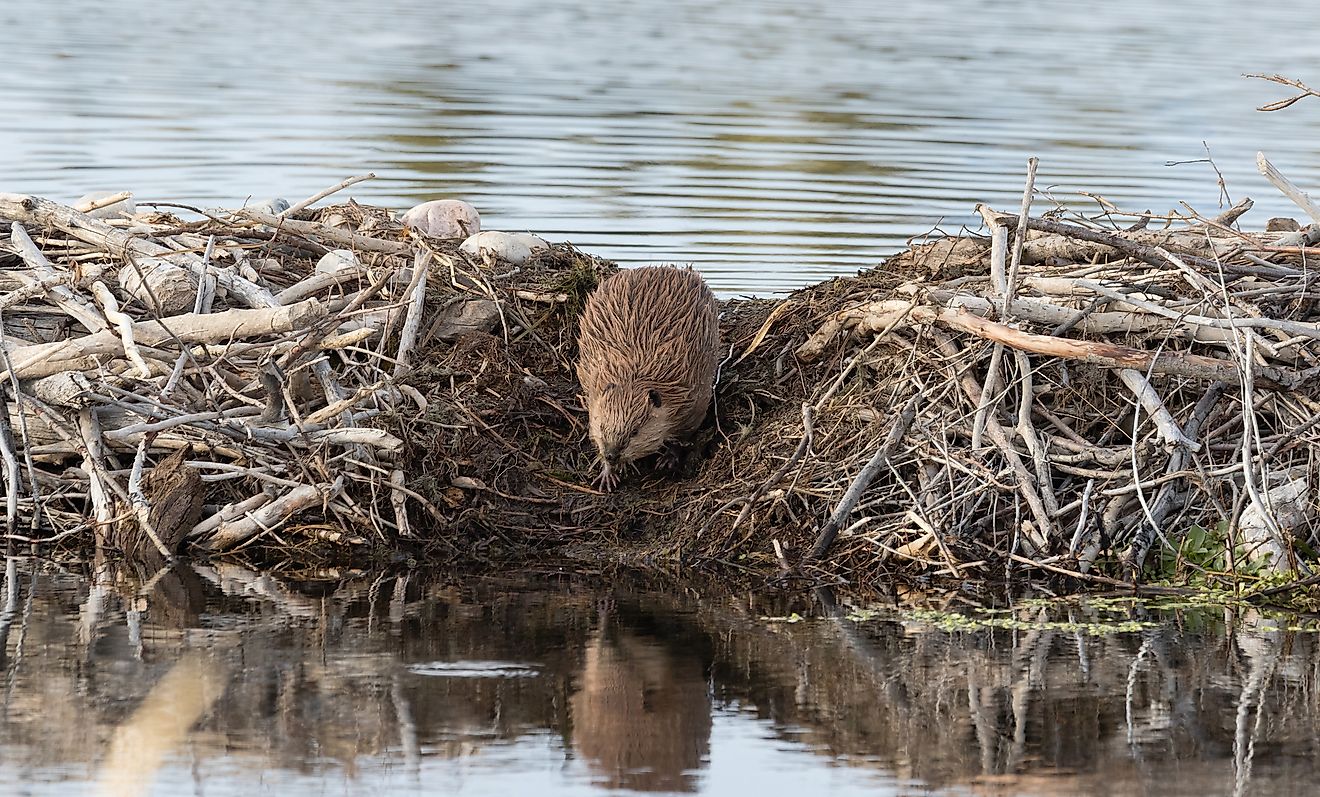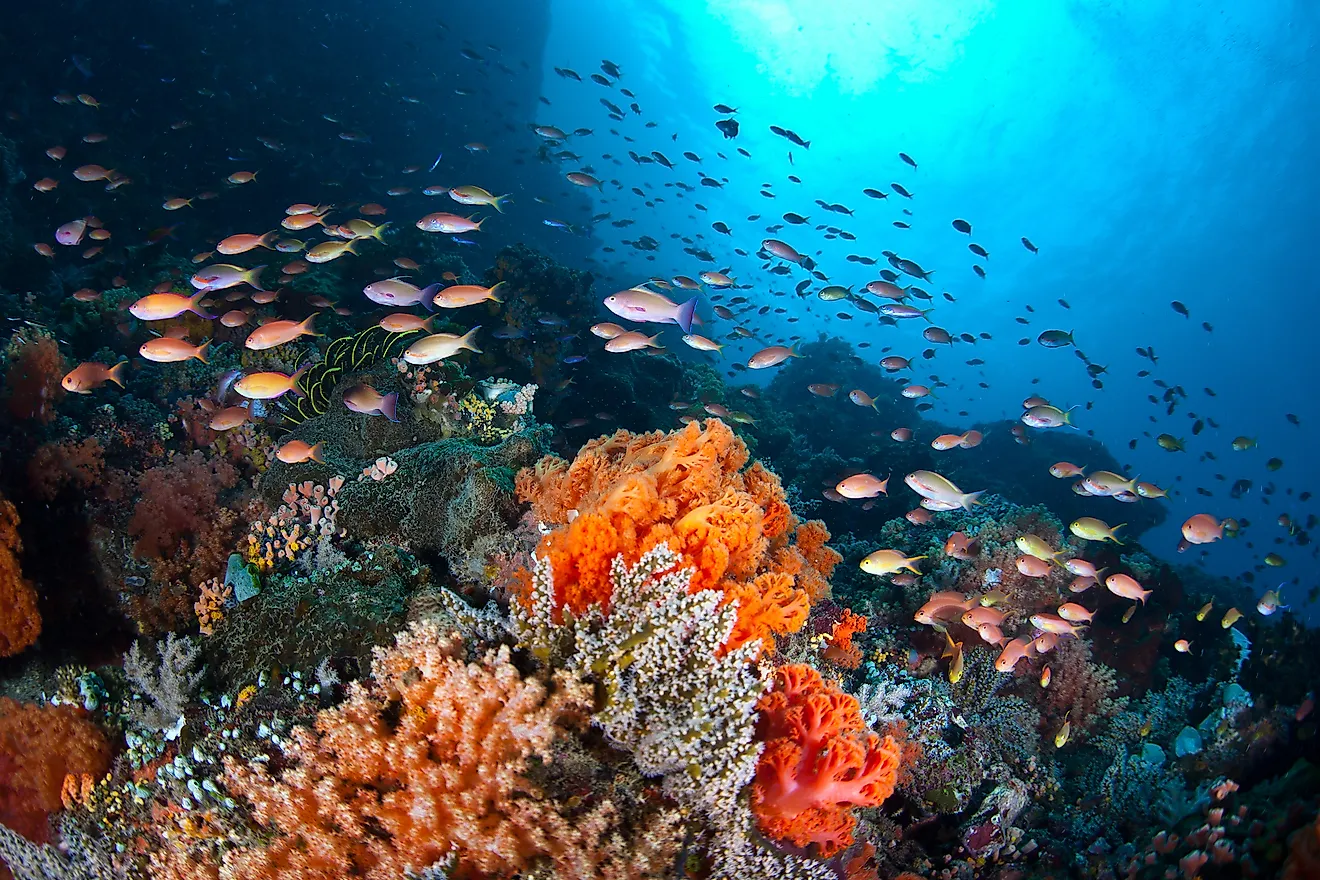How Many National Parks Does Sweden Have?
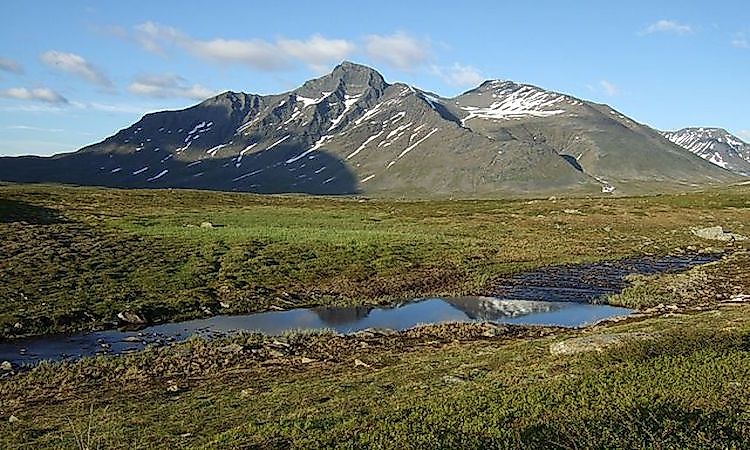
History Of Sweden's National Parks
Sweden has 29 national parks that are owned by the state and managed by the Swedish Environmental Protection Agency. Sweden lies in Northern Europe, and its geography is marked by mountains, lakes and rivers, islands, and coastlines. Some of the most notable of these landforms include the Scandinavian Mountains, the Vattern and Siljan lakes, the Oland and Gotland Islands, and the Eman River. The cause for the establishment of national parks in Sweden was agitated for by conservationists alarmed by the potential effects of industrialization on Sweden’s unique environment. In 1909, Sweden’s parliament approved legislation to establish national parks, with the first one being Sarek National Park. National parks in Sweden enclose the country’s unique landforms, flora and fauna, and natural resources.
Flora And Fauna Of The Four Biggest National Parks In Sweden
Padjelanta National Park
The Padjelanta National Park has been in operation since 1962, and it occupies an area of 198,400 hectares (490,257 acres) in Norrbotten County. The park is part of the Laponian Area, a UNESCO World Heritage Centre, and it is home to three traditional Laplandic villages. The park’s geography is characterized by open plains and the large lakes of Virihávrre and Vastenjávrre. Padjelanta National Park supports populations of reindeer, arctic fox, wolverines, lemmings as well as avifauna and alpine flowers.
Sarek National Park
Sarek National Park also lies in Norrbotten County, and it extends to an area of 197,000 hectares (486,798 acres). It is one of Europe's oldest parks, having been established in 1909. It is renowned for having one of the most spectacular landscapes in Sweden with landforms such as mountains, glaciers, valleys, and plateaus. The most notable of these landforms include the Rapa and Kukkesvagge valleys, the Ivarlako Plateau, and the Sarektjaaka and Piellorieppe Mountains.
Fauna present in the park includes the lynx, elk, wolverines, reindeer, arctic fox, brown bear, lemming, and moose as well as populations of mountain birds. The indigenous Sami people have inhabited the Sarek area for centuries, and the region is also included in the greater Laponian Area.
Kosterhavet National Park
The Kosterhavet National Park occupies an area of 38,878 hectares (96,070 acres) in Västra Götaland County. The marine park was established in 2009, and it is part of the Skagerrak Sea. The park protects water and underwater habitats such as reefs, skerries, and islets as well as the aquafauna present in the park. The 6,000 marine species found in the park include the Norwegian lobster, skuas, crabs, harbor seals, northern prawn, and Arctic terns. The park attracts more than 100,000 tourists annually due to its variety of recreation activities. Kosterhavet National Park is Sweden’s only marine park.
Muddus National Park
Muddus National Park is located in the northern part of Sweden in the province of Lapland, Norrbotten County and it is part of the Municipality of Gällivare. It is also part of untouched UNESCO World Heritage site of Laponian region. It covers an area of 49,340 ha (121,922 acres) and was established in 1942. Within the Park are old grown forests having large trees and deep ravines. The oldest pine tree in Sweden is found within the park and is estimated to more than 700 years old and the tree survived the forest fire in 1413.
Future Prospects Of National Park Development In Sweden
In 2008, the Swedish Environmental Protection Agency (EPA) gave the proposal to establish 13 more national parks in future. According to the proposition, almost half of the parks were to be established between 2009 and 2013. The first one of these parks was Kosterhavet National Park that was inaugurated in 2009, while the rest were to be established in future without giving the time limits. Sweden has also partnered with organizations such as the World Wild Life Fund (WWF) for better conservational and management efforts of European National Parks.
How Many National Parks Does Sweden Have?
| Rank | Name | Location | Area | Established |
|---|---|---|---|---|
| 1 | Padjelanta National Park | Norrbotten County | 198,400 ha (490,257 acres) | 1962 |
| 2 | Sarek National Park | Norrbotten County | 197,000 ha (486,798 acres) | 1909 |
| 3 | Stora Sjöfallet National Park | Norrbotten County | 127,800 ha (315,801 acres) | 1909 |
| 4 | Muddus National Park | Norrbotten County | 49,340 ha (121,922 acres) | 1942 |
| 5 | Kosterhavet National Park | Västra Götaland County | 38,878 ha (96,070 acres) | 2009 |
| 6 | Fulufjället National Park | Dalarna County | 38,500 ha (95,136 acres) | 2002 |
| 7 | Pieljekaise National Park | Norrbotten County | 15,340 ha (37,906 acres) | 1909 |
| 8 | Sånfjället National Park | Jämtland County | 10,300 ha (25,452 acres) | 1909 |
| 9 | Färnebofjärden National Park | Dalarna, Gävleborg, Uppsala, and Västmanland counties | 10,100 ha (24,958 acres) | 1998 |
| 10 | Store Mosse National Park | Jönköping County | 7,850 ha (19,398 acres) | 1989 |
| 11 | Abisko National Park | Norrbotten County | 7,700 ha (19,027 acres) | 1909 |
| 12 | Haparanda Archipelago National Park | Norrbotten County | 6,000 ha (14,826 acres) | 1995 |
| 13 | Gotska Sandön National Park | Gotland County | 4,490 ha (11,095 acres) | 1909 |
| 14 | Tresticklan National Park | Västra Götaland County | 2,897 ha (7,159 acres) | 1996 |
| 15 | Vadvetjåkka National Park | Norrbotten County | 2,630 ha (6,499 acres) | 1920 |
| 16 | Djurö National Park | Västra Götaland County | 2,400 ha (5,931 acres) | 1991 |
| 17 | Skuleskogen National Park | Västernorrland County | 2,360 ha (5,832 acres) | 1984 |
| 18 | Tyresta National Park | Stockholm County | 2,000 ha (4,942 acres) | 1993 |
| 19 | Söderåsen National Park | Skåne County | 1,625 ha (4,015 acres) | 2001 |
| 20 | Töfsingdalen National Park | Dalarna County | 1,615 ha (3,991 acres) | 1930 |
| 21 | Tiveden National Park | Örebro County and Västra Götaland counties | 1,350 ha (3,336 acres) | 1983 |
| 22 | Björnlandet National Park | Västerbotten County | 1,100 ha (2,718 acres) | 1991 |
| 23 | Stenshuvud National Park | Skåne County | 390 ha (964 acres) | 1986 |
| 24 | Blå Jungfrun National Park | Kalmar County | 198 ha (489 acres) | 1926 |
| 25 | Ängsö National Park | Stockholm County | 168 ha (415 acres) | 1909 |
| 26 | Norra Kvill National Park | Kalmar County | 114 ha (282 acres) | 1927 |
| 27 | Garphyttan National Park | Örebro County | 111 ha (274 acres) | 1909 |
| 28 | Dalby Söderskog National Park | Skåne County | 36 ha (89 acres) | 1918 |
| 29 | Hamra National Park | Gävleborg County | 28 ha (69 acres) | 1909 |

